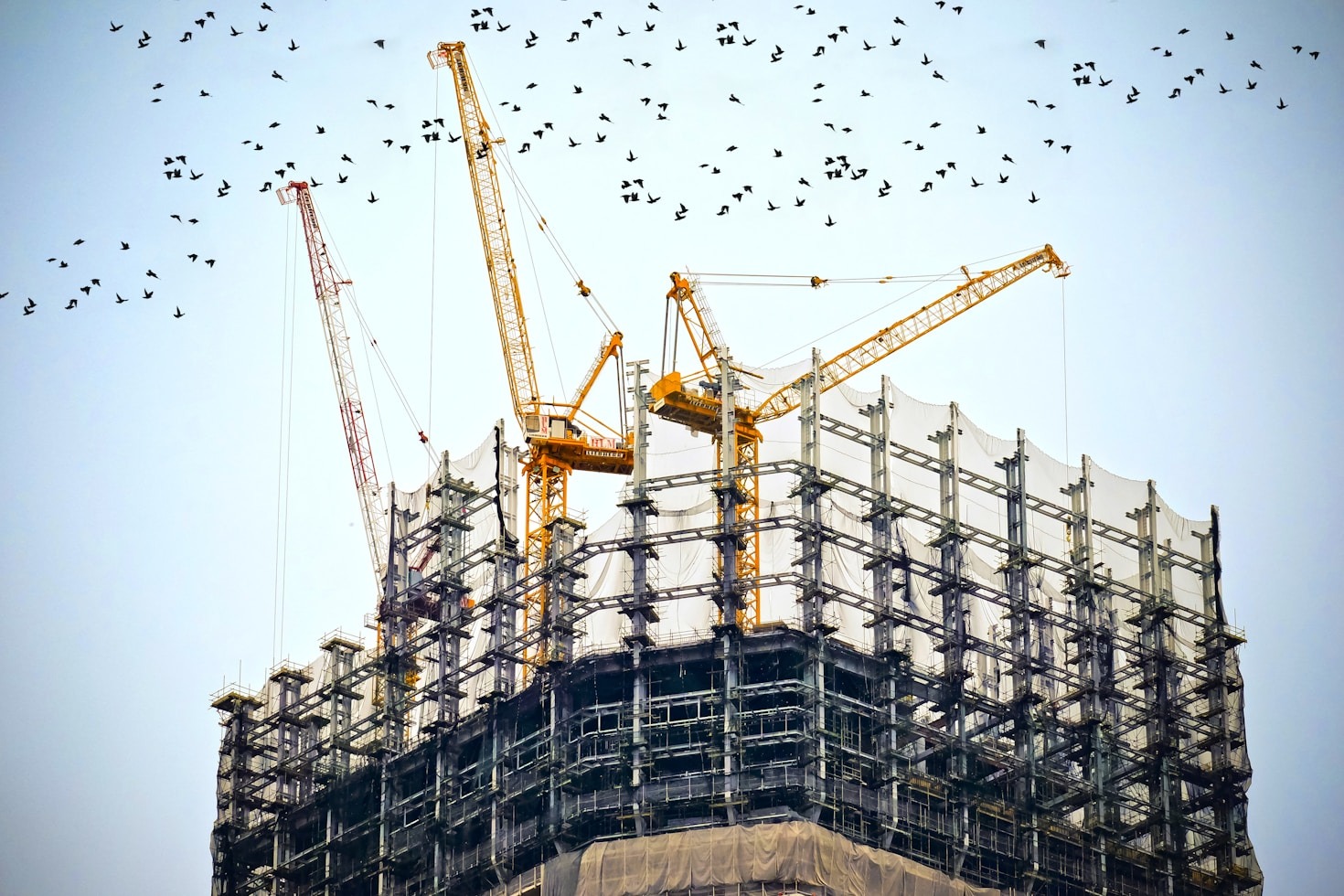Your cart is currently empty!
Urban development has always been intricately linked with engineering innovations. From the design of skyscrapers to the construction of bridges and roads, engineering has played a pivotal role in shaping cities and improving the quality of life for their inhabitants. As populations grow and cities expand, engineering continues to be at the forefront of solving challenges related to infrastructure, sustainability, and connectivity.
One of the most visible impacts of engineering on urban development is the creation of modern infrastructure. Engineers design and construct transportation systems, including highways, railways, and airports, that enable efficient movement of people and goods. Urban areas depend on well-planned infrastructure to reduce congestion, enhance accessibility, and boost economic activities. The integration of smart technologies, such as intelligent traffic systems and autonomous vehicles, highlights the innovative contributions of engineering to urban mobility.
Beyond transportation, engineering has revolutionized the way cities manage resources. Water supply systems, waste management facilities, and energy grids are all products of engineering expertise. For instance, renewable energy projects such as solar farms and wind turbines are increasingly being incorporated into urban planning to promote sustainability and reduce carbon emissions. Engineers also contribute to the development of green buildings that minimize energy consumption and maximize environmental benefits.
The aesthetic and functional aspects of urban spaces are influenced by engineering as well. Architectural engineering combines creativity with technical knowledge to design iconic structures that define city skylines. From the Eiffel Tower to the Burj Khalifa, engineering achievements have become symbols of urban identity and cultural pride. Additionally, engineers collaborate with urban planners to ensure public spaces are designed for safety, accessibility, and usability.
As cities face challenges such as climate change, population density, and aging infrastructure, engineering provides innovative solutions to foster resilience and adaptability. Technologies like flood-resistant building designs, smart sensors for infrastructure monitoring, and modular construction methods are enabling cities to prepare for uncertainties and enhance their long-term sustainability.
In conclusion, engineering is the backbone of urban development, driving progress and shaping the future of cities. Its impact extends beyond physical structures to encompass the environmental, social, and economic dimensions of urban life. As the world continues to urbanize, the role of engineering will remain essential in creating livable, sustainable, and thriving urban environments.Replace selected block text
Sometimes, the simplest moments hold the deepest wisdom. Let your thoughts settle, and clarity will find you. Use this quote space to share something inspirational or reflective, perfectly aligned with the theme of your article.
This paragraph dives deeper into the topic introduced earlier, expanding on the main idea with examples, analysis, or additional context. Use this section to elaborate on specific points, ensuring that each sentence builds on the last to maintain a cohesive flow. You can include data, anecdotes, or expert opinions to reinforce your claims. Keep your language concise but descriptive enough to keep readers engaged. This is where the substance of your article begins to take shape.


As you move toward the midpoint of the article, this paragraph provides an opportunity to connect earlier ideas with new insights. Use this space to present alternative perspectives or address potential questions readers might have. Strike a balance between depth and readability, ensuring the information remains digestible. This section can also serve as a transition to the closing points, maintaining momentum as you steer the discussion to its final stages.
Wrapping Up with Key Insights
In this concluding paragraph, summarize the key takeaways from your article, reinforcing the most important ideas discussed. Encourage readers to reflect on the insights shared, or offer actionable advice they can apply in their own lives. This is your chance to leave a lasting impression, so make sure your closing thoughts are impactful and memorable. A strong conclusion not only ties the article together but also inspires readers to engage further.


Leave a Reply